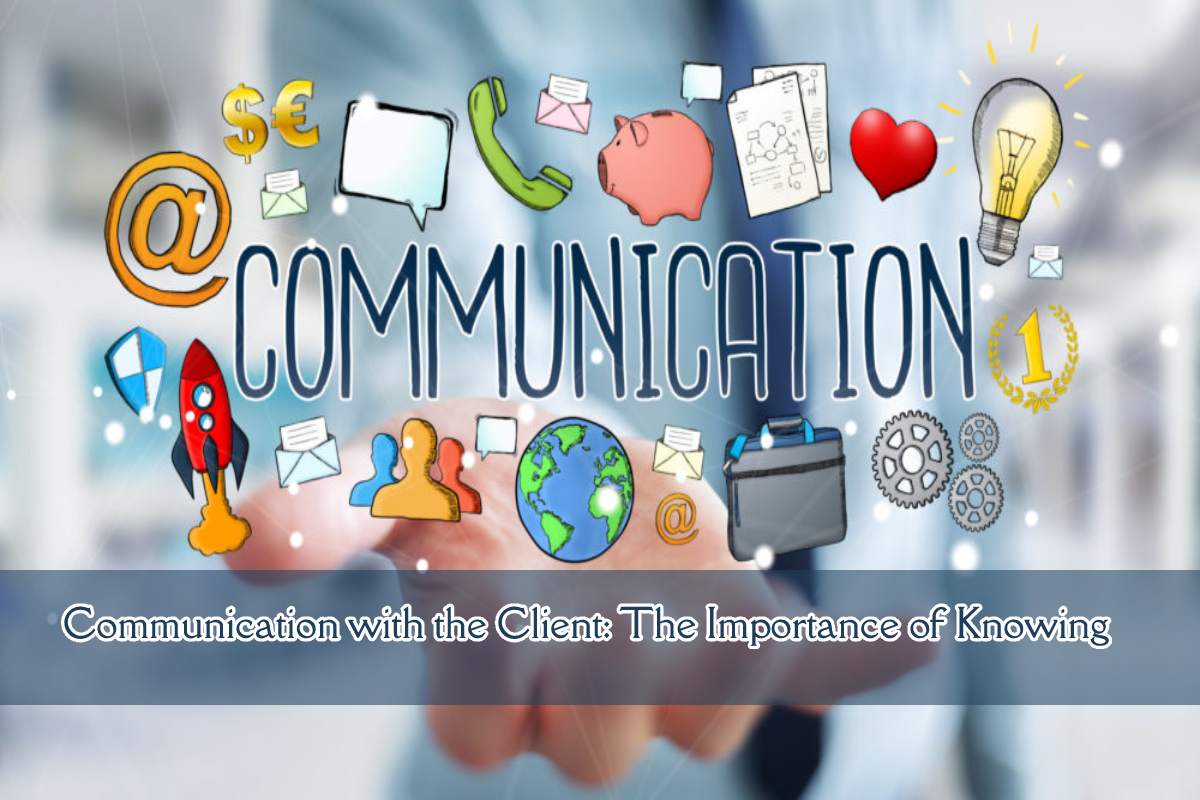Communication with the Client
If in our daily life the phrase “we have to talk” is usually accompanied by bad experiences and a breakup, for companies it is completely the opposite, communication with the client is a key factor in achieving success.
Of course, as in couples, fidelity in both cases is important. Companies practice communication with the customer to work on loyalty. Currently, the large number of information sources such as websites and social networks, among others, has given the consumer more power to compare products and services and consequently make decisions in a more autonomous way. Analyzing the sources of information and communication channels with the client in a proper way makes it possible for companies like Remica to understand what the market demands.
One premise that companies must have is consistency when transmitting a message through all available and enabled information communication channels. The message must always focused on the needs of each profile. In Remica, communication with the client is diverse due to the variety of profiles with which one works daily, the type of communication and channel must be chosen when communicating a message.
Table of Contents
How Is The Communication With The Client Today?
In recent years we have experience an increase in feedback between companies and customers. Twenty years ago it was not possible to go down the street and mention a company through a social network to consult a detail of the invoice or a question. The channels have incorporated social networks as one more and companies know it.
What do networks provide that conventional channels do not? To start with, we can say that the language and expressions that used are not the same as those that usually used through an email. The limitation of characters. And its immediacy makes the language more colloquial so that the client also perceives it as a more personal message. Currently, communication with the client seeks precisely that, personalization, consumers want to differentiate themselves and not remain treated en masse. That is why the messages must remain cared for and studied in detail.
Excesses Are Not Good
We point out the importance of communication with the client. But the key to good communication is knowing how, when, how much and what to tell:
How are we going to communicate with the client?
You have to know the right channel depending on the profile, it can be a direct message through Facebook or a phone call.
When are we going to tell you?
The hours at which a customer should call must be logical. According to the law, they remain prohibited before 9:00 a.m. and later than 9:00 p.m. and on holidays or weekends. In the case of sending a newsletter. Wednesdays and Thursdays are the days chosen as the most favorable for making this type of mail.
How much?
Excesses remain not good and the arrival of massive emails or constant calls gets the opposite effect of the one sought, a bad opinion that can spread.
What to communicate?
In addition to the points discussed above, the content of the message is key. It must be information that interests the recipient and is relevant. If it fails in this sense, it is possible to enter the SPAM mailbox. If, on the contrary, information of interest is sent. Clients will receive the information and the company-client relationship strengthened, achieving a loyal consumer.
What Changes Will Customer Communication Experience?
A study published by Experian, ” The new rules of customer engagement “, companies are aware of the value of communication with the customer and the use of different channels. Therefore, Organizations are detecting the purchase experience, or use. Is and will stay an important differentiating element in the next 5 years: this remain recognized by 80%. 95% consider that information and data are key to integrating the consumer experience into the company’s processes and decision-making. Therefore, communication with the client is key to knowing what needs to remain improved.



